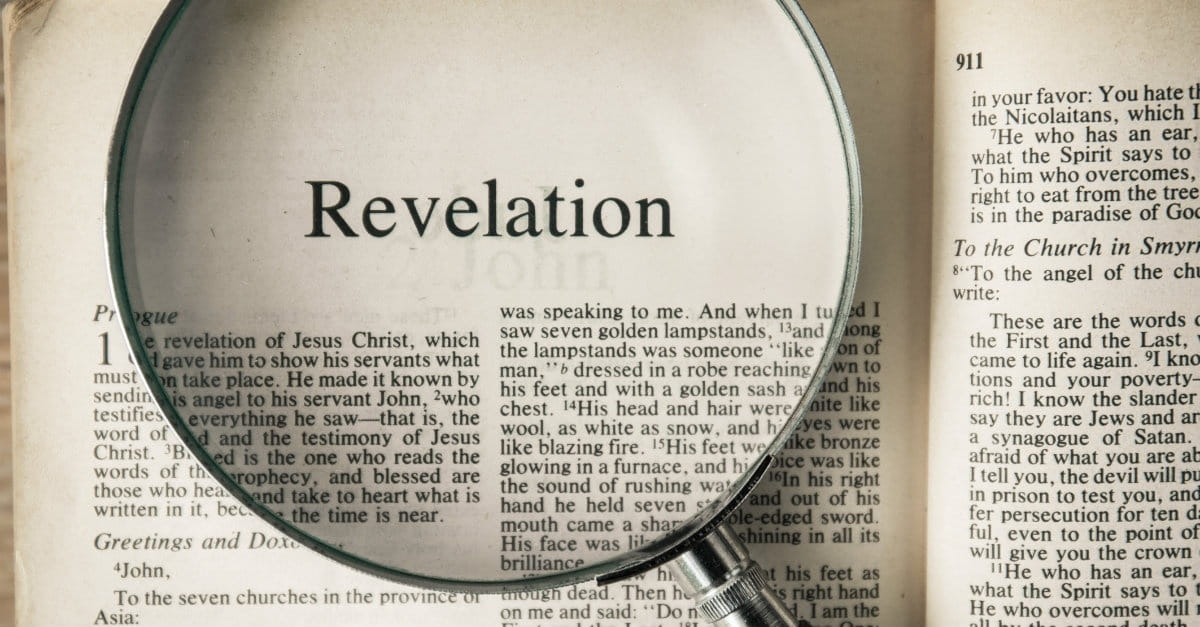

This passage talks about the balance of sin and grace. But remember, God makes everything new.ġ. Light has come into the world, but people favor darkness so that their bad deeds can remain hidden. Do you agree with this? (It’s hard to agree with because it seems too good to be true, but it is!) “What you have done has been done in the sight of God.” According to this passage what you have done is acceptable if you have repented and been forgiven. What does Jesus mean by “the light and the darkness”? Is He comparing good and evil? Life and death? (Both of these, and more…there are two forces in life, and Jesus is contrasting those.)Ģ. Jesus explains that this is a spiritual rebirth not physical.ġ. Nicodemus considers this with an earthly mindset, questioning how someone can pursue a second existence.

Jesus tells Nicodemus and the Pharisees that we must be “born again” in order to enter heaven and be with God. Why do you think Nicodemus was so confused? Would you have been? (For sure! It’s wild to think about something that is already born being born again, for something that’s already old to become new.) What do you think about this passage? (It’s a familiar story, but maybe something new sticks out to your students.)Ģ. Except, that is, when Jesus gets involved - because He makes all things new.ġ. What won’t shock you is that once things are new, they’re never new again - they get old. Try and identify which of these two things is newer than the other. We’re going to talk about that in just a few minutes. The Bible talks a lot about things being made new. Do you think that you will be able to complete your resolution over the course of the year? What will it take? (Allow students to share their plan for success.).Do you have a New Year’s Resolution? What is it? (Allow everyone to share about their resolution, or one they’ve had in the past.).


To encourage the students to repent to God.ģ. Revelation – The Seven Vials - This article interprets the Seven Vials also known as the Seven Bowls found in Revelation chapter 16.1. To help the students understand that they have another chance.Ģ. Revelation – Chapters 14 and 15 - An analysis of the wine of the wrath of God and the sickles. Revelation – The Beast - An explaination of the four animals, the eight heads, the beast from the land, and the mark of the beast. Revelation – The Seven Trumpets - An interpretation of the Seven Trumpets found in Revelation chapters 8-10. Revelation – The Seven Seals - This article interprets the Seven Seals found in Revelation chapter 6, and also contains notes on chapter 7. Revelation – Chapters 4 & 5 - A study on the twenty four elders and the four creatures. The Seven Churches – Part 2 - A continuation of John’s letters including the Churches of Sardis, Philadelphia, and Laodicea. The Seven Churches – Part 1 - An interpretation of the letters John writes to the Churches of Ephesus, Smyrna, Pergamos, and Thyatira. Revelation – Chapter 1 - Our study begins with chapter 1, going through one verse at a time. Revelation – Introduction - This looks at four general interpretations of the book of Revelation. This is done because Revelation cannot be understood easily if covered chapter by chapter. The rest of the articles will then cover specific parts of the book of Revelation, or themes or Revelation. There are already countless scholars that have wrote on Revelation, so we need to look at their views first. In my first article on Revelation, I discuss the general view we should have of the book. Revelation is filled with a lot of symbolism, imagery, and figurative language that you won’t find in the rest of the Bible. Most Christians also categorize Revelation under that of “prophecy,” by which makes it interesting alone. Many Christians both new and old consider it to be the quintessential book that is both the hardest to interpret, but also the most fascinating to read. The book of Revelation is the last book in the Bible. This page contains all of my articles on the book of Revelation.


 0 kommentar(er)
0 kommentar(er)
